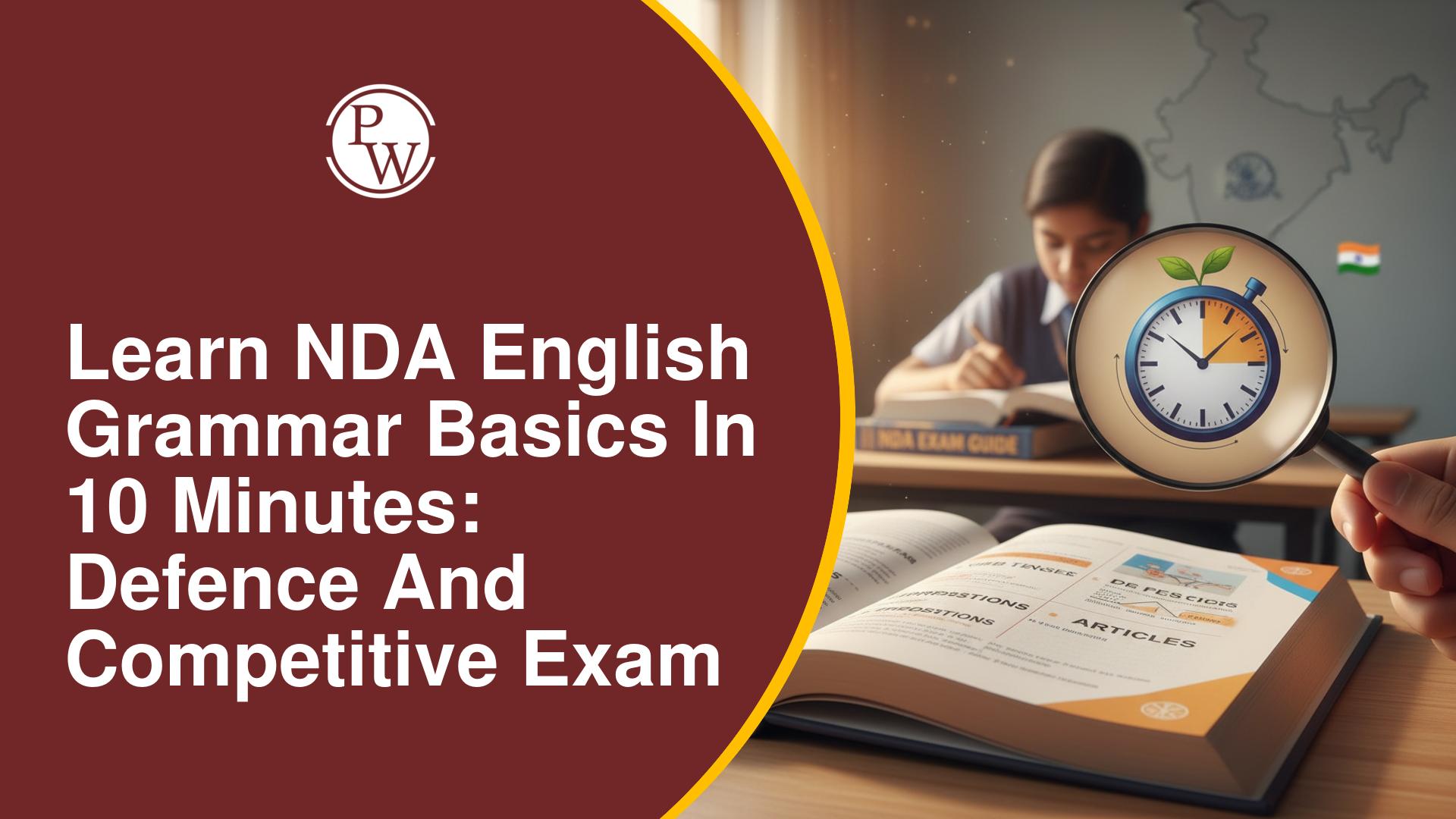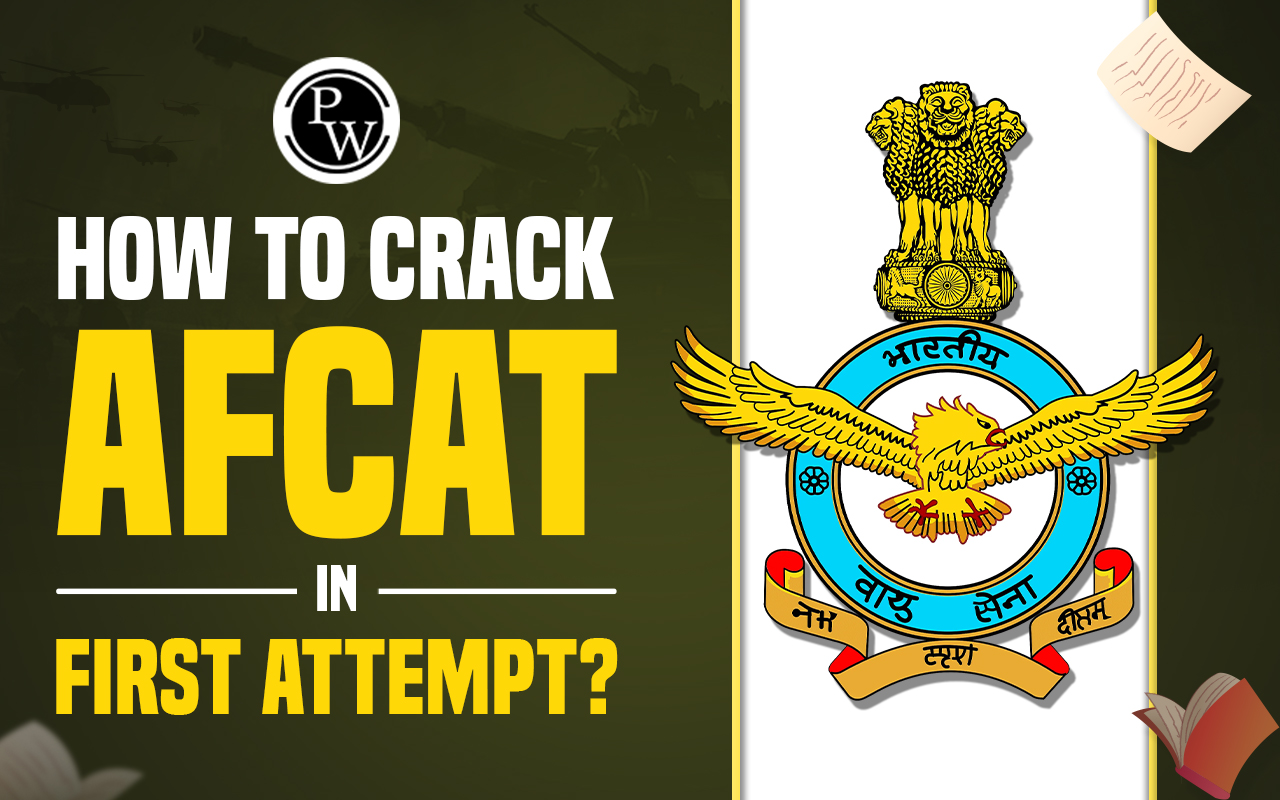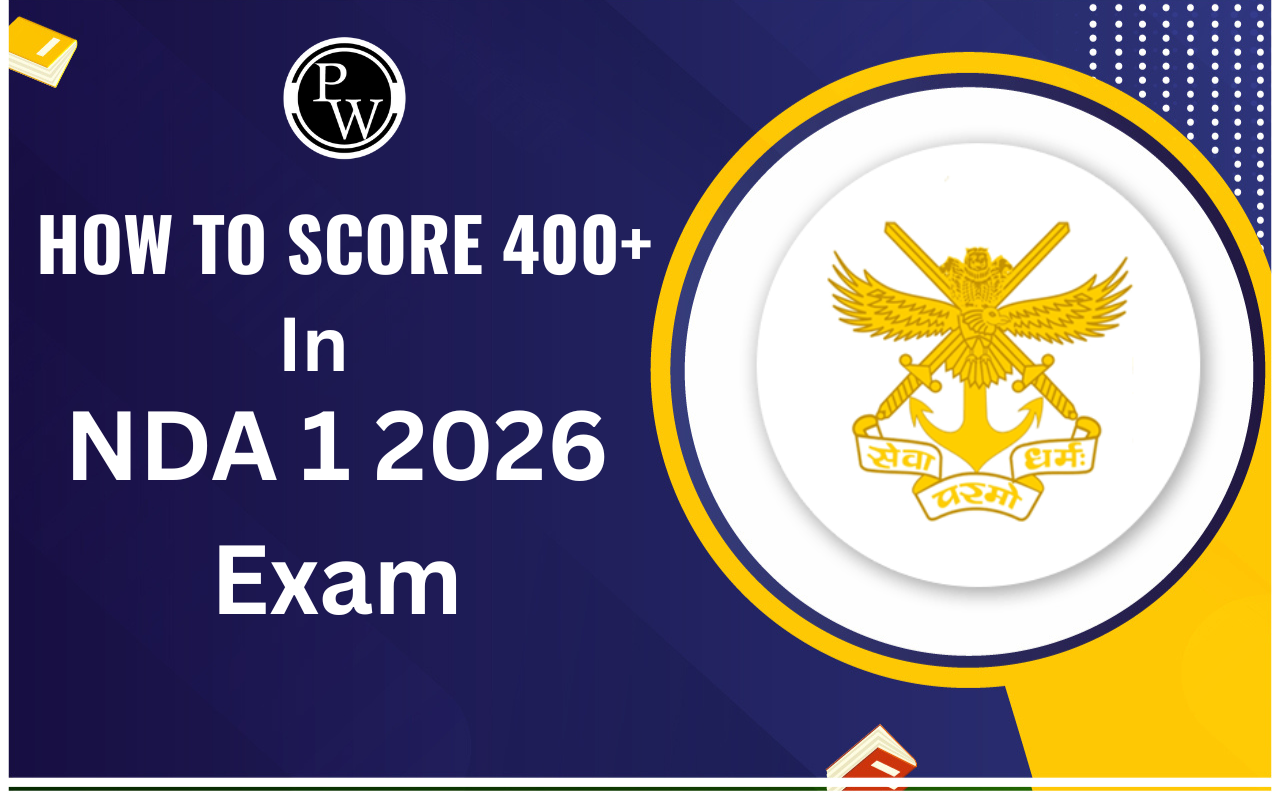
List of Rivers in India: Discover India's Rivers Ganges in the north to Kerala's backwaters in the south. Complete list with lengths, origins, and tributaries. In 2023, numerous Defense Exams will take place, and candidates are eager for essential GK information. Below, we present a comprehensive list of rivers, their lengths, origins, and tributaries relevant to exams like BSF, CISF, CDS, Territorial Army, etc.
Rivers in India
In the diverse tapestry of India's geography, rivers play a fundamental and fascinating role. These majestic water bodies, akin to lifelines, weave through the country's plains, mountains, and plateaus, shaping its landscapes and nurturing its people. India's rivers are not just geographical features; they are repositories of culture, history, and spirituality. In this journey through the meandering waters of India, we will explore the significance, stories, and serenity that these rivers bring to the subcontinent.
Books for Defence Exams Preparation
Indian River System
Let's explore major River Systems through a table that provides details about their respective lengths.
| Indian River System | ||
| River System | Total length | Length in India |
| Indus River System | 3180 km | 1114 km |
| Brahmaputra River System | 2900 km | 916 km |
| Ganga River System | 2510 km | 2510 km |
| Yamuna river System | 1376 km | 1376 km |
| Tapi River System | 724 km | 724 km |
| Narmada River System | 1312 km | 1312 km |
| Krishna River System | 1400 km | 1400 km |
| Cauvery River System | 805 km | 805 km |
| Godavari River System | 1465 km | 1465 km |
| Mahanadi River System | 851 km | 851 km |
Indian Rivers
The majority of rivers in India flow into the Bay of Bengal, while a few pass through the western part and fall into the Arabian Sea. Inland drainage exists in certain regions, such as northern Aravalli range, parts of Ladakh, and the arid Thar Desert. The major rivers in India originate from three main watersheds:
- The Himalaya and the Karakoram range
- The Chota Nagpur plateau and Vindhya and Satpura range
- The Western Ghats
Indus River System
Origin: The Indus River originates in the northern slopes of the Kailash range in Tibet, near Lake Mansarovar.
Course: It follows a north-westerly course through Tibet.
Length : It has a total length of about 2897 km from the source to the point near Karachi where it falls into the Arabian Sea, with approximately 700 km lying in India.
Entry into India: It enters the Indian Territory in Jammu and Kashmir where it forms a picturesque gorge.
Joining Tributaries: In the Kashmir region, it joins with several tributaries - the Zaskar, the Shyok, the Nubra, and the Hunza.
Flow through Regions: It flows through the regions of Ladakh, Baltistan, and Gilgit, running between the Ladakh Range and the Zaskar Range at Leh.
Himalayan Crossing: It crosses the Himalayas through a 5181 m deep gorge near Attock, lying north of Nanga Parbat.
Major Tributaries in India: The major tributaries of the Indus River in India are Jhelum, Ravi, Chenab, Beas, and Sutlej.
Brahmaputra River System
Origin: The Brahmaputra originates from Mansarovar Lake, sharing the source with the Indus and Sutlej rivers.
Length: It stretches 3848 km, slightly longer than the Indus River.
Course : Most of its course lies outside India, flowing parallel to the Himalayas eastward. It takes a U-turn around Namcha Barwa and enters India in Arunachal Pradesh, where it is known as the Dihang River.
Undercutting: The river's undercutting measures approximately 5500 meters.
Flow through India: it flows through Arunachal Pradesh and Assam, being connected by various tributaries. It maintains a braided channel throughout most of its length in Assam.
Tibet Region: In Tibet, the river is known as the Tsangpo, receiving less water and silt. However, India, encounters heavy precipitation, resulting in significant water flow during rainfall and considerable silt.
Volume: It is one of India's largest rivers in terms of volume.
Calamities: The Brahmaputra is notorious for causing calamities in Assam and Bangladesh.
Ganga River System
Origin: The Ganga originates as the Bhagirathi from the Gangotri glacier.
Confluence: Before reaching Devprayag, the Alaknanda and Bhagirathi merge with rivers like Mandakini, Pindar, Dhauliganga, and Bishenganga.
Panch Prayag: The concept of Panch Prayag includes Vishnuprayag, Nandprayag, Karnaprayag, Rudraprayag, and Devprayag, where the Alaknanda meets its tributaries.
Principal Tributaries: Yamuna, Damodar, Sapta Kosi, Ram Ganga, Gomati, Ghaghara, and Son.
Endpoint: After covering 2525 km, the Ganga meets the Bay of Bengal.
Yamuna River System
Origin: It originates from the Yamunotri glacier, located at the Bandarpoonch peak in Uttarakhand.
Tributaries: The main tributaries joining the river are Sin, Hindon, Betwa, Ken, and Chambal.
Largest Tributary: The Tons is the largest tributary of the Yamuna.
Catchment Area: The river's catchment extends to the states of Delhi, HP, UP, Haryana, Rajasthan, and MP.
Tapi River System
Origin: It originates in the Eastern Satpura Range of southern Madhya Pradesh state.
Westward Flow: The river flows in a westward direction, passing through important regions like Madhya Pradesh's Nimar and East Vidarbha regions, Maharashtra's Khandesh, and South Gujarat before evacuating into the Gulf of Cambay of the Arabian Sea.
River Basin: The River Basin of Tapi River is primarily situated in the eastern and northern districts of Maharashtra state. It also covers some districts of Madhya Pradesh and Gujarat.
Principal Tributaries: The principal tributaries of Tapi River include Waghur River, Aner River, Girna River, Purna River, Panzara River, and Bori River.
Narmada River System
Origin: It rises to the summit of the Amarkantak Hill in Madhya Pradesh state.
Frontier: The river outlines the traditional frontier between North India and South India.
Peninsular River: It stands as one of the significant rivers in peninsular India, along with the Tapti and the Mahi rivers, running from east to west.
Flow through States: The river flows through the states of Madhya Pradesh, Gujarat, and Maharashtra.
Endpoint: It drains into the Arabian Sea in the Bharuch district of Gujarat.
Krishna River System
Length: Krishna is one of the longest rivers in India, approximately 1300 km in length.
Origin: It originates from Mahabaleshwar in Maharashtra.
Endpoint: The river flows through Sangli and meets the sea in the Bay of Bengal.
Flow through States: It flows through the states of Maharashtra, Karnataka, Telangana, and Andhra Pradesh.
Main Tributary: The Tungabhadra River is the main tributary, formed by the Tunga and Bhadra rivers originating in the Western Ghats.
Other Tributaries: Some other tributaries include Dudhganga Rivers, Koyna, Bhima, Mallaprabha, Dindi, Ghataprabha, Warna, Yerla, and Musi.
Cauvery River System
Origin: It originates from Talakaveri in Tamil Nadu, located in the Western Ghats about 5,000 feet (1,500 m) above sea level.
Alternate Name: The Kaveri is also known as Dakshin Ganga.
Pilgrimage and Tourist Place: It is a famous pilgrimage and tourist destination in the Kodagu district of Karnataka.
Flow : The headwaters of the river are in the Western Ghats range of Karnataka state, flowing through Karnataka and Tamil Nadu.
Endpoint: The river drains into the Bay of Bengal. It supports irrigation for agriculture and is essential for the ancient kingdoms and modern cities of South India.
Tributaries: The river has several tributaries, including Arkavathy, Shimsha, Hemavati, Kapila, Honnuhole, Amaravati, Lakshmana Kabini, Lokapavani, Bhavani, Noyyal, and Tirtha.
Godavari River System
Length: it is the second-longest river in India, approximately 1,450 km (900 miles) long, with brownish water.
Nicknames: It is often referred to as the Dakshin (South) Ganga or Vriddh (Old) Ganga.
Seasonal Nature: The river is seasonal, drying up during summers and widening during the monsoons.
Origin: This river originates from Trimbakeshwar, near Nasik in Maharashtra.
Flow: It flows southeast across south-central India, passing through the states of Madhya Pradesh, Telangana, Andhra Pradesh, and Odisha before draining into the Bay of Bengal.
Fertile Delta: The river splits into two streams, forming a fertile delta at Rajahmundry.
Pilgrimage Sites: The banks of this river are home to many pilgrimage sites, such as Nasik in Maharashtra, Bhadrachalam in Telangana, and Trimbak.
Tributaries : Some of its tributaries include Pranahita (formed by the combination of Penuganga and Wardha), Indravati River, Bindusara, Sabari, and Manjira.
Engineering Feat: Asia's largest rail-cum-road bridge, linking Kovvur and Rajahmundry, is located on the river Godavari.
Mahanadi River System
Location: The Mahanadi is a river in eastern India.
Origin: It rises in the Satpura Range of central India and has a length of around 860 km.
Flow and Drainage: The river flows east to the Bay of Bengal, draining most of the state of Chhattisgarh and much of Odisha, Jharkhand, and Maharashtra.
Hirakud Dam: Near the city of Sambalpur, the Hirakud Dam, the largest dam on the river, is built over the river
Longest Rivers of India
Below is a compilation of the longest rivers in India along with their respective lengths:
| S. No. | River | Length in India (km) | Total Length (km) |
| 1. | Ganga | 2525 | 2525 |
| 2. | Godavari | 1464 | 1465 |
| 3. | Krishna | 1400 | 1400 |
| 4. | Yamuna | 1376 | 1376 |
| 5. | Narmada | 1312 | 1312 |
| 6. | Indus | 1114 | 3180 |
| 7. | Brahmaputra | 916 | 2900 |
| 8. | Mahanadi | 890 | 890 |
| 9. | Kaveri | 800 | 800 |
| 10. | Tapti | 724 | 724 |
Rivers in India, Their Lengths, Origins and Tributaries
Below is a compilation of rivers in India along with their respective lengths, origins, and tributaries.
| S. No. | Rivers | Origin | Length (km) | End |
| 1. | Ganga | Gangotri Glacier (Bhagirathi), Uttarakhand | 2.525 | Bay of Bengal |
| 2. | Yamuna | Yamunotri Glacier, Uttarakhand | 1,376 | Merges with Ganga at Allahabad (Triveni Sangam – Kumbh Mela spot |
| 3. | Brahmaputra | Himalayan Glacier in Tibet, but enters India in Arunachal Pradesh | 1,800 | Merges with Ganga and ends in Bay of Bengal |
| 4. | Chambal | Tributary of Yamuna river, starting at Madhya Pradesh | 960 | Joins Yamuna river in UP |
| 5. | Son | Tributary of Ganga, starting at Amarkantak, Madhya Pradesh | 784 | Joins Ganga just above Patna – also considered part of Vindhya river system |
| 6. | Gandak | Nepal; Ganges tributary at Indo-Nepal border (Triveni Sangam) | 630 | Joins Ganga near Patna |
| 7. | Kosi | Starts from Bihar near Indo-Nepal border | 720 | Joins Ganga near Katihar district of Bihar |
| 8. | Betwa | Tributary of Yamuna, rises at Vindhya region, MP | 590 | Joins Yamuna at Hamirpur in UP |
| 9. | Gomti | Tributary of Ganga, starting at Gomat Taal, UP | 900 | Joins Ganga in Varanasi district |
| 10. | Ghaghara | Himalayan Glacier in Tibet, tributary of Ganga | 1080 | Joins Ganga in Bihar |
| 11. | Hugli (Hooghly) | Tributary of Ganga near West Bengal | 260 | Merges with Ganga at Bay of Bengal |
| 12. | Damodar | Tributary of Hugli near Chandwara, Jharkhand | 592 | Merges with Hugli in West Bengal |
| 13. | Mahananda | Paglajhora falls, Darjeeling, West Bengal | 360 | Merge in Ganga |
| 14. | Alaknanda | Satopanth & Bhagirathi-Kharak glacier | 190 | Merge in Ganga, Devprayag, Uttarakhand |
| 15. | Bhagirathi | Gaumukh, Uttarakhand | 205 | Merge in Ganga, Devprayag, Uttarakhand |
| 16. | Indus | Originates in Tibetan plateau, Enters India in J&K | 3180 | Merges into Arabian sea near Sindh |
| 17. | Chenab | Upper Himalayas in the Spiti district of Himachal Pradesh | 960 | Merges with Indus |
| 18. | Jhelum | Tributary of Chenab river, Punjab | 725 | Merges with Chenab at Jhang (Pakistan) |
| 19. | Ravi | Starts from Bara Bhangal, Kangra district, Himachal Pradesh | 720 | Joins Chenab in Pakistan |
| 20. | Sutlej | Tributary of Indus river, originates at Rakshastal, Tibet | 1500 | Meets Beas river in Pakistan and ends at Arabian sea |
| 21. | Beas | Rises at Himalayas in central Himachal Pradesh | 470 | Joins Sutlej river in Punjab, India |
| 22. | Parbati | Mantalai Glacier near Pin Prabati Pass | – | Mixes with Beas River at Bhuntar, near Kullu of Himachal Pradesh |
| 23. | Suru | Panzella Glacier, Pensi La Pass, Kargil | 185 | Indus, Nurla, Skardu, Pakistan |
| 24. | Dras | Machoi Glacier, Zoji La, ear Sonamarg, Jammu & Kashmir | 86 | Suru River at Kharul, Kargil |
| 25. | Zanskar | Doda River (First Branch), Kargyag and Tsarap River (Second Branch) | – | Indus River near Nimmu in Ladakh |
| 26. | Tsarap | Pankpo La, Sarchu | 182 | Zanskar River, Padum, Kargil |
| 27. | Doda | Drang-Drung Glacier, Pensi La | 79 | Zanskar River, Padum, Kargil |
| 28. | Kaveri | Talakaveri in Western Ghats in Karnataka | 765 | Ends in Bay of Bengal |
| 29. | Krishna | Originates in the Western Ghats near Mahabaleshwar in Maharashtra | 1400 | Ends in Bay of Bengal near Andhra Pradesh |
| 30. | Godavari | Starts in Maharashtra and passes through 7 Indian states | 1465 | Empties in Bay of Bengal |
| 31. | Tungabhadra | Tributary of Krishna river staring at Karnataka | 531 | Joins Krishna river along the border of Telangana and Andhra Pradesh |
| 32. | Tapti | Rises in Eastern Satpura Ranges, Madhya Pradesh | 724 | Empties into Gulf of Khambhat, Gujarat |
| 33. | Mahi | Rises in Madhya Pradesh | 580 | Flows into Arabian sea from Gujarat |
| 34. | Narmada | Starts from Amarkantak, Madhya Pradesh | 1315 | Drains into Arabian sea via Gulf of Cambay |
| 35. | Indravati | Dandakaranya range, Kalahandi district, Odisha | 535 | Godavari near border of Maharashtra, Chhattisgarh and Telangana |
| 36. | Pranhita | Confluence of Wardha and Wainganga, near Sirpur Kaghaznagar | 113 | Godavari, near Kaleshwaram, Telangana |
| 37. | Wardha | Satpura range, Multai, Betul district of Madhya Pradesh | 528 | Pranhita River |
| 38. | Kolab (Sabari) | Sinkaran hills, Koraput, Odisha | 200 | Godavari |
| 39. | Manjira | Balaghat hills | 724 | Godavari, near Kandakurthi, Karnataka |
| 40. | Wainganga | Satpura range, Mundara, Seoni district, Madhya Pradesh | 579 | Pranhita River |
| 41. | Painganga | Ajanta range, Aurangabad, Maharashtra | 676 | Wardha river, Chandrapur district, Maharashtra |
| 42. | Vedavathi | Confluence of Veda and Avathi | – | Tungabhadra river, near Siruguppa |
| 43. | Bhima | Bhimashankar | 861 | Krishna river, near raichur |
| 44. | Indrayani | Lonavala, Maharashtra | Bhima river | |
| 45. | Pavana | Sahyadri range, Lonavala Maharashtra | 58 | Mula river |
| 46. | Ghataprabha | Western ghats, Sindhudurg, Maharashtra | 283 | Krishna river, Almatti |
| 47. | Venna | Mahabaleshwar, Maharashtra | 130 | Krishna river, Satara, Maharashtra |
| 48. | Koyna | Mahabaleshwar, Maharashtra | 130 | Krishna river, near Karad, Satara |
| 49. | Amravati | Anamalai hills, Pambar, Chinnar rivers | 282 | Kaveri river at Karur, Tamil Nadu |
| 50. | Bhavani | Silent valley National Park, Kerala | 135 | Kaveri river at Kongu Nadu region of Tamil Nadu |
| 51. | Hemavati | Western Ghats, Chikmagalur, Karnataka | 245 | Kaveri river near Krishna Raja Sagara, Karnataka |
| 52. | Mahanadi | Dhamtari, Dandakaranya, Chhattisgarh | 858 | Bay of Bengal, near False Point, Kendrapara, Odisha |
| 53. | Subarnarekha | Chota Nagpur plateau, near Ranchi, Jharkhand | 395 | Kirtania Port, near Talsari, Bay of Bengal |
| 54. | Kangsabati | Chota Nagpur plateau, Purulia district, West Bengal | 465 | Bay of Bengal near Haldia |
| 55. | Penner (Penna) | Nandi Hills, Chikkaballapur district, Karnataka | 597 | Bay of Bengal, near Nellore, Andhra Pradesh |
| 56. | Palar | Nandi hills, Kolar district Karnataka | 348 | Bay of Bengal, near Vayalur, Tamil Nadu |
| 57. | Vaigai | Varusanadu Hills, Tamil Nadu | 258 | Palk Strait, Tamil Nadu |
| 58. | Vellar | Shevaroy Hills | 150 | Bay of Bengal, near Parangipettai, Tamil Nadu |
| 59. | Ponnaiyar | Nandidurg, Chikkaballapur | 400 | Bay of Bengal |
| 60. | Noyyal | Velliangiri Hills, Western Ghats, Tamil Nadu | 180 | Kaveri river |
| 61. | Gomai | Satpura Range | – | Tapti river, near Prakasha, Nandurbar, Maharashtra |
| 62. | Panzara | Near Pimpalaner, Dhule, Maharashtra | – | Tapti river |
| 63. | Purna | Satpura Range, Betul, Madhya Pradesh | – | Tapti river, near Changdev, Maharashtra |
| 64. | Kolar | Vindhya Range, near Sehore district, Madhya Pradesh | 101 | Narmada, near Raisen district of Madhya Pradesh |
| 65. | Tawa | Satpura Range, Betul, Madhya Pradesh | 172 | Narmada near Hoshangabad district |
| 66. | Sabarmati | Dhebar lake, Aravalli range, near Udaipur, Rajasthan | 371 | Gulf of Khambhat |
| 67. | Zuari | Hemad-Barshem in western ghats | 34 | Arabian sea |
| 68. | Ulhas | Near Rajmachi hills, Sahyadri range | 122 | Vasai creek, Mumbai |
| 69. | Kali | Kushavali, Karnataka | 184 | Arabian sea |
| 70. | Pamba | Pulachimalai Hills, Western Ghats | 176 | Vembanad Lake |
| 71. | Chaliyar | Elambaleri Hills, Western Ghats, Wayanad, Kerala | 169 | Lakshadweep Sea, Kerala |
| 72. | Periyar | Sivagiri hills, Sundaramala, Tamil Nadu | 244 | Lakshadweep Sea, Kerala |
| 73. | Bharathappuzha | Anamalai Hills, Tamil Nadu | 209 | Lakshadweep Sea, Ponnani, Kerala |
| 64. | Mithi | Vihar lake and Powai lake | 15 | Arabian sea, Mahim creek, Mumbai |
| 75. | Mandovi | Bhimgad, Karnataka | 77 | Arabian sea |
| 76. | Netravati | Kudremukh, Chikmagalur, Karnataka | – | Arabian sea, near Mangalore, Karnataka |
| 77. | Sharavati | Western Ghats, Tirthahalli, Karnataka | 128 | Arabian sea, near Honnavar, Uttar Kannada district, Karnataka |
Rivers of India Names with States
Diversity: From the snow-capped Himalayas to the fertile Indo-Gangetic basin and lush coastal regions, India's rivers are diverse and vital.
Importance: These rivers are the lifeblood of the nation, providing sustenance, livelihoods, and a sense of belonging to millions of people.
Explore the state-wise list of Indian rivers below to appreciate their significance throughout the country.
| S. No. | State | Rivers |
| 1 | Andhra Pradesh | Godavari & Musi |
| 2 | Bihar | Ganga |
| 3 | Delhi | Yamuna |
| 4 | Goa | Mandovi |
| 5 | Gujarat | Sabarmati |
| 6 | Haryana | Yamuna |
| 7 | Jharkhand | Damodar, Ganga & Subarnarekha |
| 8 | Karnataka | Bhadra, Tungabhadra,Cauvery, Tunga & Pennar |
| 9 | Kerala | Pamba |
| 10 | Madhya Pradesh | Betwa, Tapti, Wainganga, Khan, Narmada, Kshipra, Beehar, Chambal & Mandakini. |
| 11 | Maharashtra | Krishna, Godavari, Tapi and Panchganga |
| 12 | Nagaland | Diphu & Dhansiri |
| 13 | Orissa | Brahmini & Mahanadi |
| 14 | Punjab | Satluj |
| 15 | Rajasthan | Chambal |
| 16 | Sikkim | Rani Chu |
| 17 | Tamil Nadu | Cauvery, Adyar, Cooum, Vennar, Vaigai & Tambarani |
| 18 | Uttar Pradesh | Yamuna, Ganga & Gomti |
| 19 | Uttranchal | Ganga |
| 20 | West Bengal | Ganga, Damodar & Mahananda |
List of Rivers in India FAQs
Q1. What is the largest river system in India?
Q2. What makes Indian rivers sacred?
Q3. What river is commonly known as the "Lifeline of South India"?
Q4. Which river is considered the holiest in India?
Q5. What river ranks as the second largest in India?










